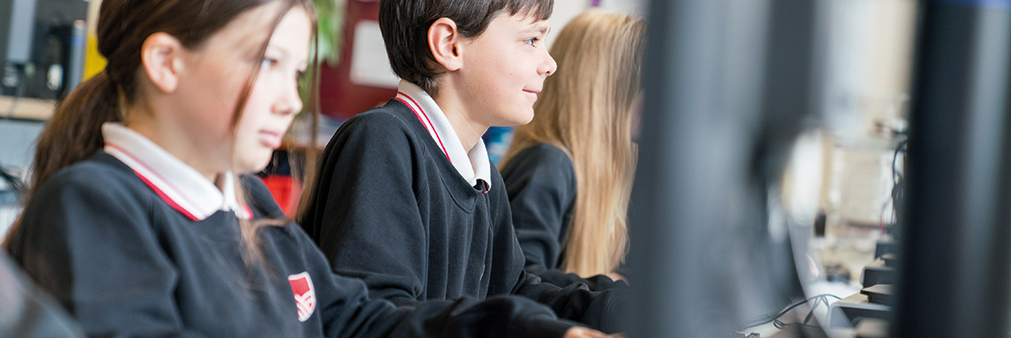
Media Studies
Curriculum Vision
‘Whoever controls the media, the images, controls the culture.’
- Allen Ginsberg -
This is a fundamental idea that all our GCSE Media Studies students very quickly understand – that the messages we receive through different media platforms are constructed by people with specific agendas and that young people have the power to challenge received ideas. This can apply to a broad range of media from classic texts of the 1950s to the changing world of current affairs. Every student who studies the media becomes a discerning consumer of it, not swallowing every message they are given without question. Some of our media students even go on to work in roles that DO play a part in controlling the media, the images and the culture. Students who take Media Studies enjoy taking the academic skills they have built up over their years of education, and applying them to the dynamic, modern texts that make up the media.
Knowledge and skills
Through a range of products, covering eight different media forms, students become skilled in ‘reading between the lines’ of what they see, from the connotations behind the colour red to the impact of an establishing camera shot. They are then able to take a step back and identify how this ‘language’ creates representations of the people and places we see in the media. Media students also learn to examine audiences, using both demographics and psychographics, which helps them to understand the diverse mix of people that make up society. Furthermore, GCSE Media Studies explores the different contexts in which products are created: students understand the concepts of patriarchy, femininity, masculinity, femininity and ethnicity and how these impact on media production and consumption. Through looking at these contexts, students look at the world with empathy and an open mind. In addition to all this, the practical element of the course gives students a brief to work to and allows them to apply all this knowledge and understanding and become media creatives themselves, using professional image editing software.
Context
In this fast-moving world, we recognise that our students are ‘digital dependents’, about to go out into a world that is heavily influenced by the media in all its forms. By harnessing this natural affinity, students can ensure that they grow up to have a healthy, positive relationship with the media. Moreover, despite being in a rural setting, our school’s proximity to Manchester and Salford’s Media City - alongside our focus on raising aspirations - makes a career in the media a real possibility for our students.
You can find our year 10 and 11 curriculum here.
Year 10 and 11 GCSE Media Studies
The set texts on the course include the crime drama ‘Luther’; Taylor Swift’s ‘Bad Blood’ music video and the video game ‘Fortnite’. Students will also draw comparisons between newspaper and magazine front covers aimed at different audiences.
An important feature of the GCSE specification is the interdependent relationship between theoretical understanding and the development of practical skills. For example, students might study the forms and conventions of a music video for a particular genre, then learn how to use video equipment and film software in order to create a music video of their own.
Examination Information
| Qualification | GCSE Media Studies |
|---|---|
| Board | EDUQAS |
| Syllabus number | C680QS |
| Website link | http://eduqas.co.uk/qualifications/media-studies/gcse/ |
| Assessment details: ie 50% terminal exam | 30% Coursework 70% Exam |
| Coursework details | A practical production in response to a brief set by the exam board in March of year 10. It could be in print or moving image format, depending on the preference of the individual student. An example might be a music video for a specific genre or a film poster and DVD cover aimed at a specific audience. |
| Recommended websites | http://media.edusites.co.uk/ |

